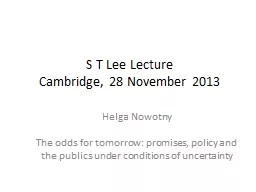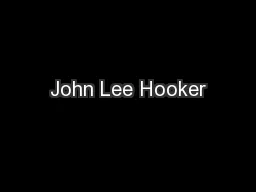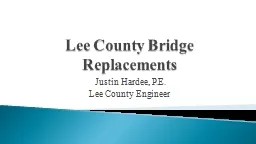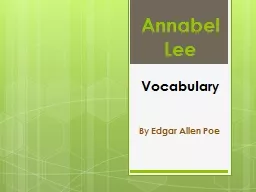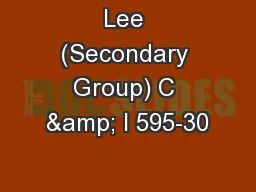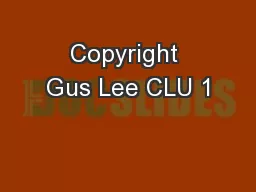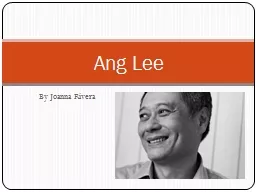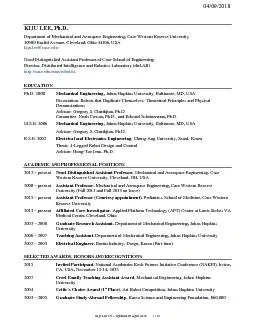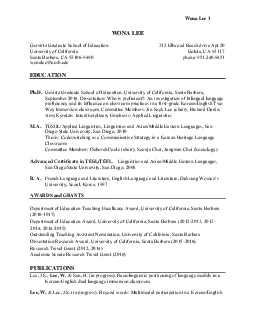PPT-S T Lee Lecture
Author : luanne-stotts | Published Date : 2015-11-18
Cambridge 28 November 2013 Helga Nowotny The odds for tomorrow promises policy and the publics under conditions of uncertainty The odds for tomorrow Between
Presentation Embed Code
Download Presentation
Download Presentation The PPT/PDF document "S T Lee Lecture" is the property of its rightful owner. Permission is granted to download and print the materials on this website for personal, non-commercial use only, and to display it on your personal computer provided you do not modify the materials and that you retain all copyright notices contained in the materials. By downloading content from our website, you accept the terms of this agreement.
S T Lee Lecture: Transcript
Download Rules Of Document
"S T Lee Lecture"The content belongs to its owner. You may download and print it for personal use, without modification, and keep all copyright notices. By downloading, you agree to these terms.
Related Documents

